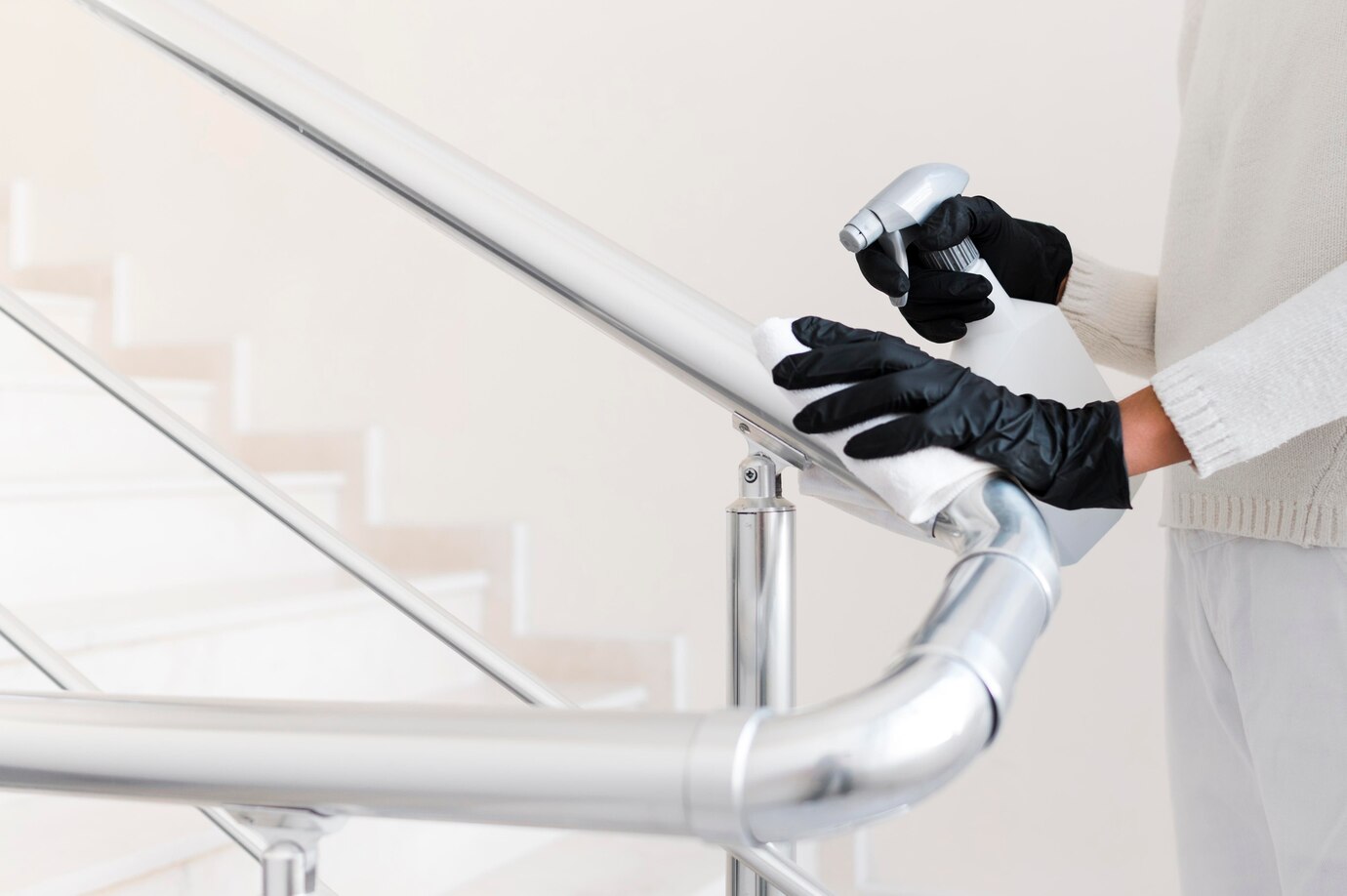Aluminum is a versatile, lightweight, and durable metal used in everything from car parts to household items. However, over time, it can become dull, scratched, or oxidized. Learning how to polish aluminum properly can restore its shine and protect it from further damage.
This comprehensive guide covers everything you need to know—from the best polishing methods to expert tips for maintaining a long-lasting luster.
Why Polish Aluminum?
Before diving into the process, it’s essential to understand why aluminum needs polishing:
-
Removes Oxidation: Aluminum reacts with oxygen, forming a dull oxide layer.
-
Restores Shine: Polishing brings back the metal’s original luster.
-
Prevents Corrosion: A well-polished surface resists environmental damage.
-
Enhances Aesthetic Appeal: Whether for cars, bikes, or appliances, polished aluminum looks sleek.
Materials Needed for Polishing Aluminum
Gather these supplies before starting:
-
Mild dish soap & water (for cleaning)
-
White vinegar or baking soda (for oxidation removal)
-
Aluminum polish (commercial or homemade)
-
Microfiber cloths or soft rags
-
Steel wool (0000 grade) or aluminum polishing pads
-
Protective gloves & eyewear
-
Polishing wheel or drill attachment (optional for heavy-duty jobs)
Step-by-Step Guide to Polishing Aluminum
1. Clean the Aluminum Surface
Dirt and grime can scratch the metal during polishing.
-
Wash with soapy water and a soft sponge.
-
Rinse thoroughly and dry with a microfiber cloth.
2. Remove Oxidation & Stubborn Stains
If the aluminum is heavily oxidized:
-
Option 1: Soak a cloth in white vinegar and scrub the surface.
-
Option 2: Make a paste with baking soda and water, apply, and gently scrub.
-
Rinse and dry completely.
For deep stains, use 0000-grade steel wool lightly.
3. Apply Aluminum Polish
Choose a commercial aluminum polish (like Mothers or Flitz) or make a DIY paste with cream of tartar and hydrogen peroxide.
-
Apply a small amount of polish with a cloth.
-
Rub in circular motions until the surface shines.
-
For larger areas, use a buffing wheel for efficiency.
4. Buff to a High Shine
-
Use a clean microfiber cloth to buff off excess polish.
-
Repeat if necessary for deeper shine.
5. Protect the Polished Surface
-
Apply a metal sealant or car wax to prevent oxidation.
-
Store aluminum items in a dry place to avoid moisture damage.
Advanced Polishing Techniques
Using a Power Tool for Faster Results
For large or heavily tarnished pieces (like rims or boat fittings):
-
Attach a polishing wheel to a drill.
-
Apply polishing compound and work in sections.
-
Keep the tool moving to avoid overheating.
Electrolytic Polishing (For Professionals)
This method uses an acid bath and electric current to remove microscopic imperfections, leaving a mirror-like finish. Best for industrial applications.
Common Mistakes to Avoid
-
Using abrasive materials (like steel wool on delicate finishes).
-
Skipping the cleaning step, leading to scratches.
-
Over-polishing, which can wear down the metal.
-
Ignoring protective coatings, causing quick re-oxidation.
How to Maintain Polished Aluminum
-
Regular dusting with a soft cloth.
-
Avoid harsh chemicals (like bleach).
-
Reapply protective wax every few months.
-
Store properly to minimize exposure to humidity.
Final Thoughts
Polishing aluminum is a simple yet effective way to restore its brilliance. Whether you’re working on car parts, kitchenware, or outdoor fixtures, following these steps ensures professional-level results. Regular maintenance will keep your aluminum looking new for years.
By mastering how to polish aluminum, you save money on replacements and enjoy the satisfaction of a job well done. Try these techniques today and see the difference!
FAQs
1. Can I use toothpaste to polish aluminum?
Yes! Non-gel toothpaste acts as a mild abrasive.
2. How often should I polish aluminum?
Depends on exposure—every 3-6 months for outdoor items.
3. Does polished aluminum rust?
No, but it can oxidize if unprotected.
4. Can I polish anodized aluminum?
No, anodizing is a protective layer—polishing will damage it.










